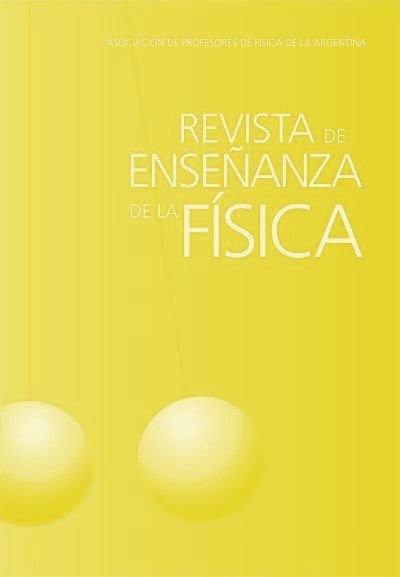ABP Ctx in learning fluid dynamics and developing critical thinking
Keywords:
Physics problem for chemical engineering; Contextualization; Active learning; Critical thinkingAbstract
This research shows the findings of the development of critical thinking with the ABP Ctx methodology applied to Mexican stu-dents of chemical engineering in the Classical Mechanics subject for the topic of fluid dynamics. It is a quantitative inquiry with a quasi-experimental design; an instrument with quantitative validation was use for the measurement of critical thinking. The data were analyzed with inferential statistic, using the Student's t-test. No statistical evidence was find of the development of critical thinking. Is highlight that active learning methodologies imply feedback and teacher supervision; is also emphasize that the students were willing to learn since they were expose to a problem related to the career they are studying.
Downloads
Published
Issue
Section
License

This work is licensed under a Creative Commons Attribution-NonCommercial-NoDerivatives 4.0 International License.
Aquellos autores/as que tengan publicaciones con esta revista, aceptan los términos siguientes:Los autores/as conservarán sus derechos de copiar y redistribuir el material, bajo los términos estipulados en la Licencia de reconocimiento, no comercial, sin obras derivadas de Creative Commons que permite a terceros compartir la obra bajo las siguientes condiciones:
- Reconocimiento — Debe reconocer adecuadamente la autoría, proporcionar un enlace a la licencia e indicar si se han realizado cambios. Puede hacerlo de cualquier manera razonable, pero no de una manera que sugiera que tiene el apoyo del licenciador o lo recibe por el uso que hace.
- NoComercial — No puede utilizar el material para una finalidad comercial.
- SinObraDerivada — Si remezcla, transforma o crea a partir del material, no puede difundir el material modificado.
- Los autores/as podrán adoptar otros acuerdos de licencia no exclusiva de distribución de la versión de la obra publicada (p. ej.: depositarla en un archivo telemático institucional o publicarla en un volumen monográfico) siempre que se indique la publicación inicial en esta revista.
- Se permite y recomienda a los autores/as difundir su obra a través de Internet (p. ej.: en archivos telemáticos institucionales o en su página web) antes y durante el proceso de envío, lo cual puede producir intercambios interesantes y aumentar las citas de la obra publicada. (Véase El efecto del acceso abierto).










